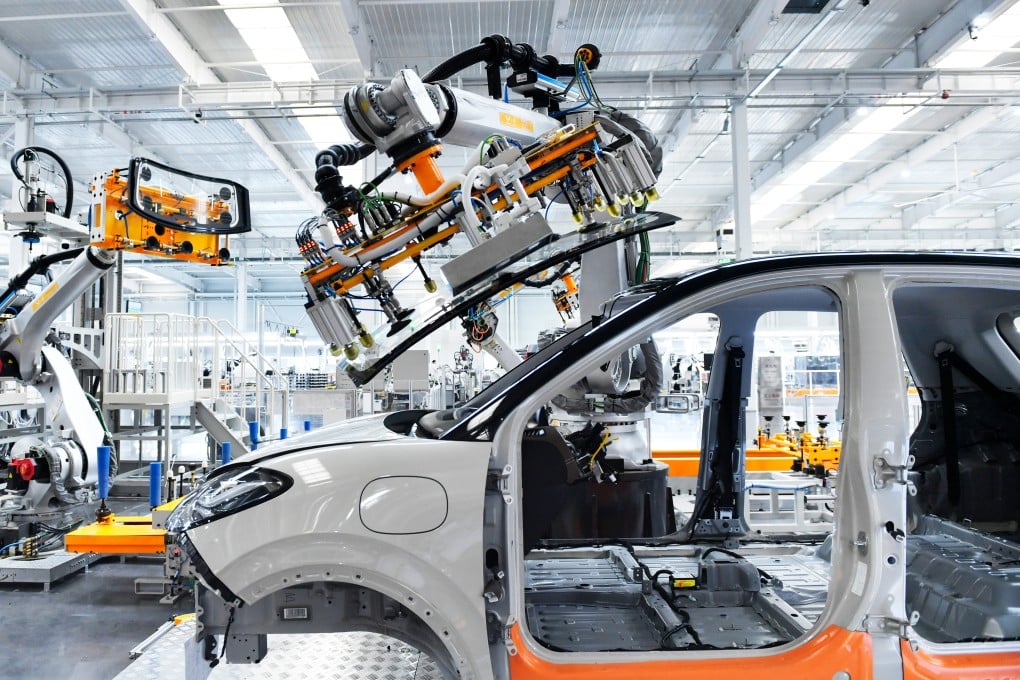When China unveiled its ambitious ‘Made in China 2025’ initiative back in 2015, the goal was clear: transform the country from the world’s factory for cheap goods into a global leader in high-tech industries. From robotics and aerospace to biotech and electric vehicles, the strategy aimed to position China at the cutting edge of innovation by the mid-2020s.
Fast forward to today, and while China has made notable strides, the plan has also faced significant challenges — both domestically and internationally. So, where exactly did ‘Made in China 2025’ miss the mark?
Overambitious Goals, Underestimated Challenges
One of the biggest criticisms of the initiative has been its overly ambitious targets. Pledging dominance in sectors traditionally led by advanced economies like Germany, Japan, and the United States set an incredibly high bar. While China achieved impressive growth in areas like electric vehicles and 5G technology, progress in critical fields such as semiconductors and aerospace manufacturing lagged behind expectations.
Technological self-sufficiency — a core goal of the plan — has proven far more complex and costly than originally anticipated.
Global Pushback and Trade Tensions
Another major hurdle: the international backlash. ‘Made in China 2025’ became a flashpoint in U.S.-China trade tensions, with many Western countries viewing the policy as a direct threat to their technological leadership. This led to tariffs, sanctions, and restrictions on Chinese firms gaining access to critical foreign technologies — notably in the semiconductor sector.
Rather than accelerating China’s tech rise, these actions slowed momentum and forced a strategic recalibration.

Heavy-Handed Government Involvement
While government support helped fuel early growth, critics argue that heavy subsidies and top-down control stifled true innovation. Unlike Silicon Valley’s venture-driven, market-responsive ecosystem, many Chinese industries under ‘Made in China 2025’ relied heavily on state funding rather than competitive advantage or technological breakthroughs.
This approach led to overcapacity in some sectors and inefficient allocation of resources in others.
A Strategic Pivot
Acknowledging the headwinds, China has since quietly shifted away from the ‘Made in China 2025’ branding, emphasizing broader and less confrontational strategies like “dual circulation” and “self-reliance in technology.” Still, the original spirit of the plan — to climb the value chain and become a tech powerhouse — remains central to Beijing’s long-term vision.
The Road Ahead
Despite missing some targets, it would be a mistake to write off the progress made. China remains a formidable player in global innovation, and the lessons from ‘Made in China 2025’ are likely shaping a smarter, more resilient next phase of its economic strategy.
As global competition intensifies, how China adjusts its ambitions — and how the world responds — will continue to be one of the defining stories of the next decade.




